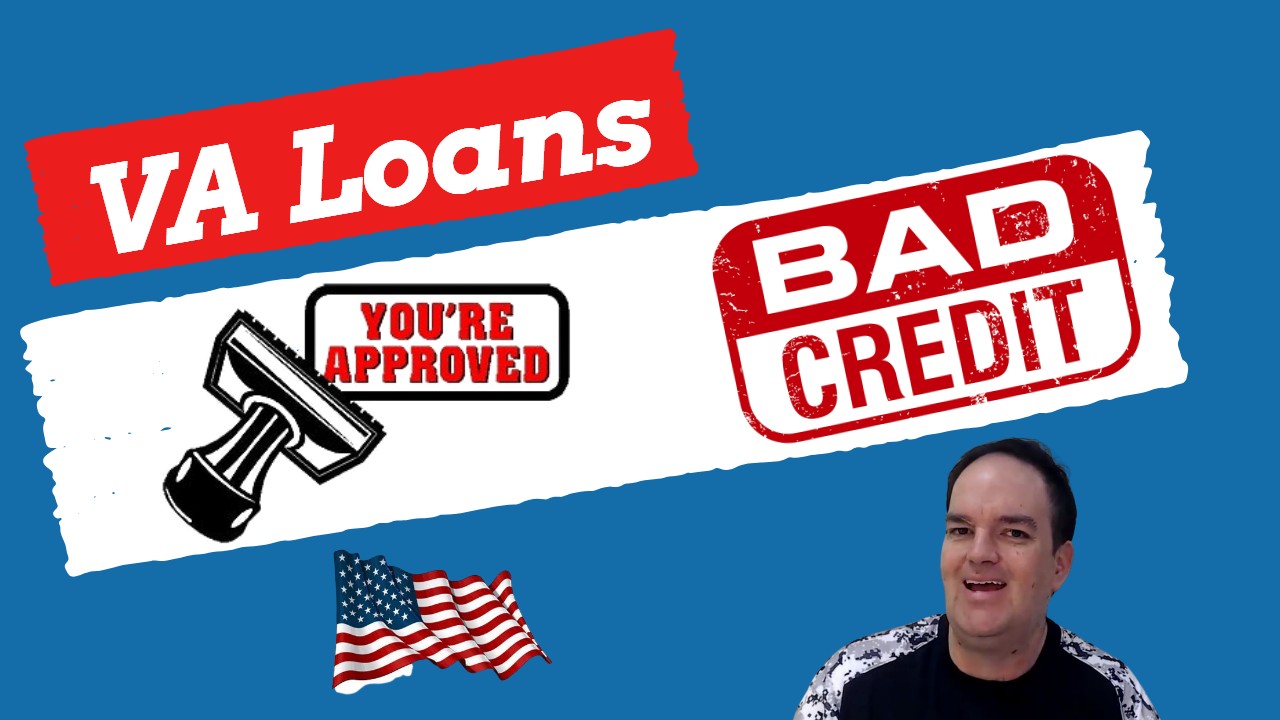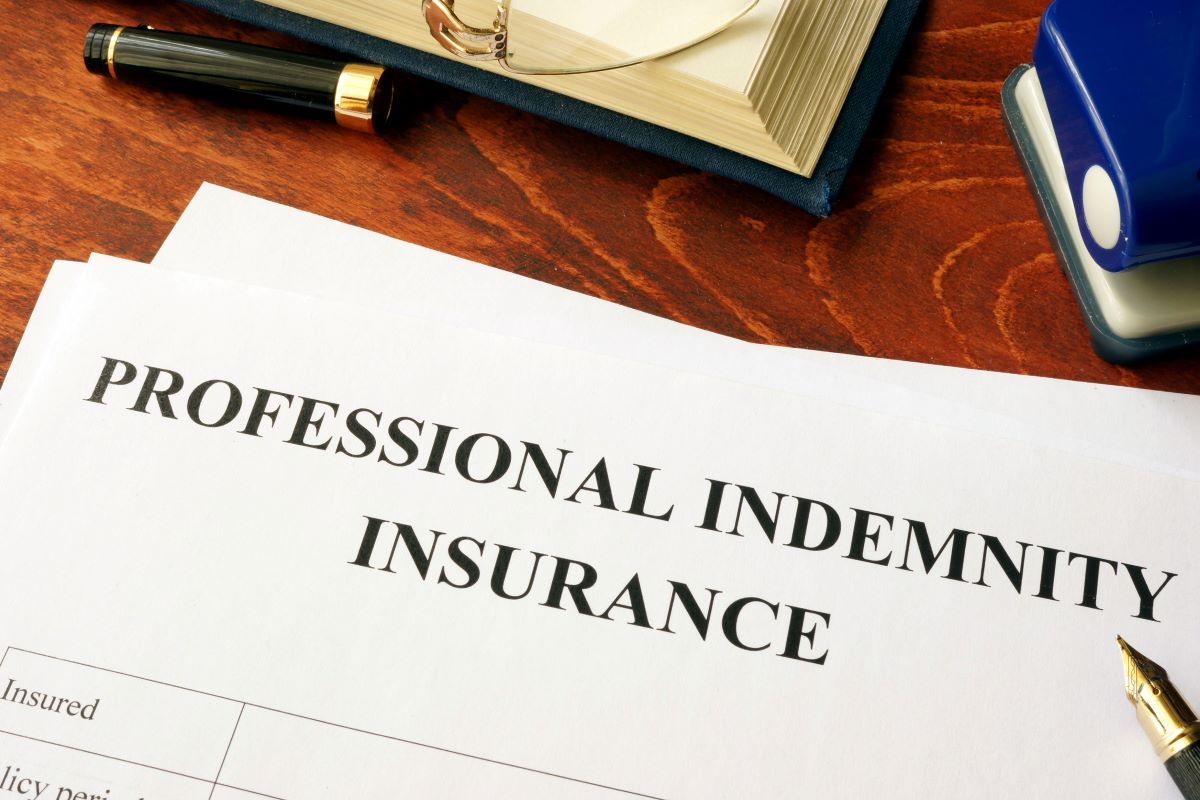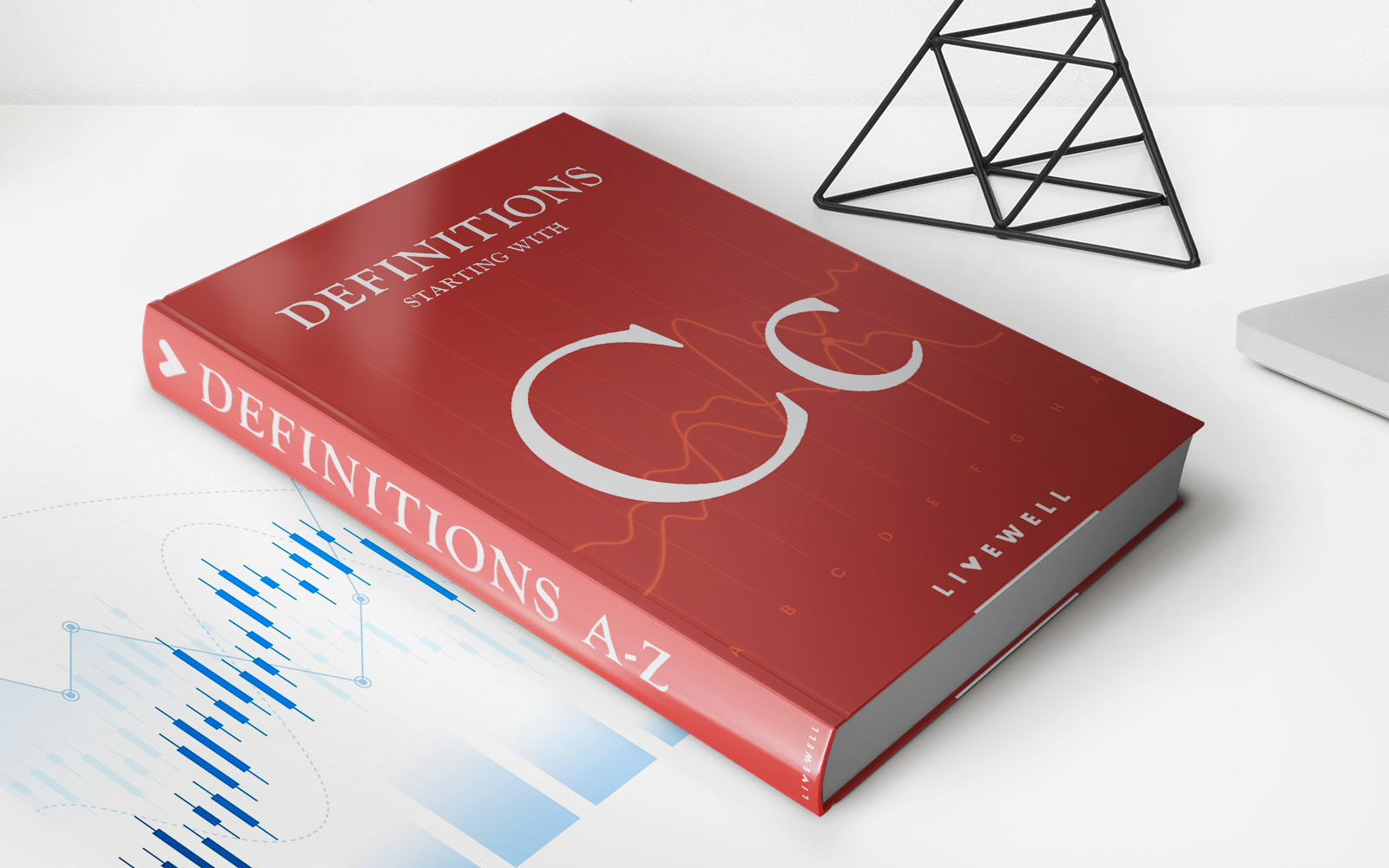

Finance
How Many VA Loans Can I Get?
Published: February 17, 2024
Learn about the maximum number of VA loans you can obtain and how it impacts your finances. Understand the rules and guidelines for multiple VA loans.
(Many of the links in this article redirect to a specific reviewed product. Your purchase of these products through affiliate links helps to generate commission for LiveWell, at no extra cost. Learn more)
Table of Contents
Introduction
Understanding VA Loan Entitlement
When it comes to financing a home, veterans and active-duty service members have a significant advantage through the U.S. Department of Veterans Affairs (VA) home loan program. This program, established in 1944 as part of the GI Bill, offers eligible individuals the opportunity to secure a mortgage without a down payment, private mortgage insurance, or stringent credit requirements.
One of the key aspects of the VA loan program is the concept of entitlement. In this context, entitlement refers to the maximum guarantee amount the VA will provide to the lender in the event of default. Understanding how VA loan entitlement works is crucial for veterans and service members as they navigate the homebuying process and consider their options for multiple VA loans.
As we delve into the intricacies of VA loan entitlement and the guidelines for obtaining multiple VA loans, it’s important to recognize the significance of this benefit for those who have served our country. Whether a veteran is seeking to purchase a primary residence, a second home, or refinance an existing VA loan, the flexibility and advantages offered by the VA loan program can play a pivotal role in achieving their homeownership goals.
Understanding VA Loan Entitlement
VA loan entitlement is the fundamental concept that underpins the VA home loan program. For eligible veterans and service members, this entitlement represents the VA’s commitment to guarantee a portion of the loan, providing a financial safety net to lenders and facilitating favorable loan terms for borrowers.
There are two types of entitlement: basic and bonus. The basic entitlement is currently set at $36,000, representing the VA’s guarantee for loans up to $144,000. However, this does not cap the maximum loan amount a veteran can obtain, as the VA will guarantee a quarter of the loan up to the conforming loan limit set by Fannie Mae and Freddie Mac. In high-cost areas, the VA’s guaranty can extend beyond this limit, enabling veterans to secure larger loans without a down payment.
It’s important to note that veterans can have more than one VA loan at a time, provided they have remaining entitlement. Understanding how entitlement is calculated is crucial for veterans considering subsequent VA loans. When a veteran pays off a VA loan and sells the property, their entitlement is restored, allowing them to use it again for a new loan. Additionally, veterans who have paid off a previous VA loan but still own the property can potentially have their entitlement restored if the property meets certain criteria.
Furthermore, the flexibility of VA loan entitlement extends to scenarios where a veteran experiences foreclosure or bankruptcy. Even in these challenging circumstances, veterans may retain entitlement under specific conditions, enabling them to pursue homeownership opportunities in the future.
By comprehending the intricacies of VA loan entitlement, veterans and service members can make informed decisions about utilizing this valuable benefit to achieve their homeownership aspirations.
How Many VA Loans Can You Have at Once?
One common question among veterans and service members is whether they can have more than one VA loan simultaneously. The answer is a resounding yes, as the VA loan program allows eligible individuals to have multiple VA loans at the same time, provided they have sufficient remaining entitlement.
Understanding the concept of remaining entitlement is crucial in determining the feasibility of obtaining additional VA loans. When a veteran secures a VA loan, a portion of their entitlement is utilized based on the loan amount. However, paying off the loan and selling the property restores the veteran’s entitlement, enabling them to potentially pursue another VA loan without having to fully restore their entitlement.
It’s important to note that the VA does not set a specific limit on the number of VA loans a veteran can have in their lifetime. Instead, the focus is on the available entitlement and the conforming loan limits established by Fannie Mae and Freddie Mac. In essence, as long as a veteran has remaining entitlement and meets the lender’s requirements, they can explore opportunities for multiple VA loans to accommodate various homeownership needs.
Furthermore, veterans who have used their VA loan benefit in the past and subsequently experienced foreclosure or bankruptcy may still have remaining entitlement, depending on the circumstances. This underscores the VA’s commitment to supporting veterans in their pursuit of sustainable homeownership, even in the face of financial challenges.
Ultimately, the ability to have multiple VA loans at once reflects the flexibility and adaptability of the VA loan program, empowering veterans and service members to leverage their entitlement for diverse homeownership goals.
Using Remaining Entitlement for a Second VA Loan
For veterans and service members considering a second VA loan, understanding how remaining entitlement comes into play is essential. When a veteran obtains a VA loan, a portion of their entitlement is utilized based on the loan amount and the VA’s guarantee to the lender. As the veteran pays off the loan and potentially sells the property, their entitlement is restored, creating opportunities for subsequent VA loans.
When pursuing a second VA loan, it’s crucial to assess the amount of remaining entitlement available. This can be calculated based on the veteran’s previous VA loan usage and the restoration of entitlement following the repayment of the initial loan. By working with VA-approved lenders who are well-versed in the intricacies of entitlement, veterans can gain clarity on their remaining entitlement and explore options for a second VA loan.
It’s important to note that the VA’s guaranty for a second VA loan is influenced by the conforming loan limits established by Fannie Mae and Freddie Mac. In high-cost areas, where the conforming loan limit is higher, veterans with substantial remaining entitlement can potentially secure a second VA loan without a down payment, subject to the lender’s approval.
Furthermore, veterans who have used a portion of their entitlement for an initial VA loan but still own the property may have the opportunity to restore their entitlement under specific circumstances. This restoration of entitlement can pave the way for a subsequent VA loan, enabling veterans to leverage their home loan benefits for additional homeownership endeavors.
By leveraging their remaining entitlement for a second VA loan, veterans and service members can capitalize on the flexibility and advantages offered by the VA home loan program, empowering them to pursue their housing goals with confidence and financial security.
Obtaining a VA Loan After Foreclosure or Bankruptcy
For veterans who have experienced foreclosure or bankruptcy, the prospect of obtaining a VA loan may seem uncertain. However, the VA loan program offers avenues for eligible individuals to pursue homeownership opportunities even after facing financial challenges.
Following a foreclosure, veterans may wonder about their eligibility for a VA loan. It’s important to note that the VA’s commitment to supporting veterans extends to these circumstances. While a foreclosure can impact a veteran’s credit history, the VA’s flexible guidelines take into account the reasons behind the foreclosure and the veteran’s financial recovery since the event. Veterans who have re-established their credit and demonstrated responsible financial behavior may still be eligible for a VA loan, albeit with certain waiting periods and additional documentation requirements.
Similarly, veterans who have gone through bankruptcy may find hope in the VA loan program. While bankruptcy can have a significant impact on an individual’s credit profile, the VA’s emphasis on holistic assessment and the veteran’s financial recovery journey allows for potential eligibility for a VA loan after a specified waiting period. By diligently rebuilding their credit and demonstrating financial stability, veterans can position themselves for homeownership opportunities with the support of the VA loan program.
It’s important for veterans who have experienced foreclosure or bankruptcy to engage with VA-approved lenders who possess a deep understanding of the VA loan program’s nuanced guidelines. These experienced professionals can provide valuable guidance and support as veterans navigate the process of obtaining a VA loan after facing financial adversity.
By leveraging the VA loan program’s flexibility and the VA’s commitment to assisting veterans in achieving sustainable homeownership, individuals who have encountered foreclosure or bankruptcy can pursue their housing aspirations with optimism and confidence.
Conclusion
The VA loan program stands as a beacon of support for veterans and active-duty service members, offering a pathway to homeownership with unparalleled benefits and flexibility. Understanding the intricacies of VA loan entitlement and the guidelines for obtaining multiple VA loans is crucial for those who have served our country and seek to fulfill their homeownership aspirations.
By comprehending the concept of remaining entitlement and the opportunities it presents for subsequent VA loans, veterans can navigate the homebuying journey with clarity and confidence. The ability to have multiple VA loans at once, provided there is sufficient remaining entitlement, underscores the adaptability and inclusivity of the VA loan program, catering to diverse homeownership needs and goals.
Furthermore, the VA’s commitment to supporting veterans who have faced foreclosure or bankruptcy reinforces the program’s dedication to holistic assessment and second chances. Through responsible financial behavior and diligent credit rebuilding, veterans can position themselves for homeownership opportunities, leveraging the VA loan program’s flexible guidelines and unwavering support.
As veterans and service members explore the possibilities offered by the VA loan program, engaging with knowledgeable and experienced VA-approved lenders becomes paramount. These professionals can provide invaluable guidance, leveraging their deep understanding of the program’s intricacies to help veterans make informed decisions and pursue their housing objectives with confidence.
In essence, the VA loan program not only honors the service and sacrifice of our veterans but also empowers them to achieve sustainable homeownership, fostering financial security and stability. By embracing the benefits and opportunities presented by the VA loan program, veterans and service members can embark on their homeownership journey with optimism, knowing that the nation’s gratitude for their service extends to tangible support in achieving their housing dreams.














